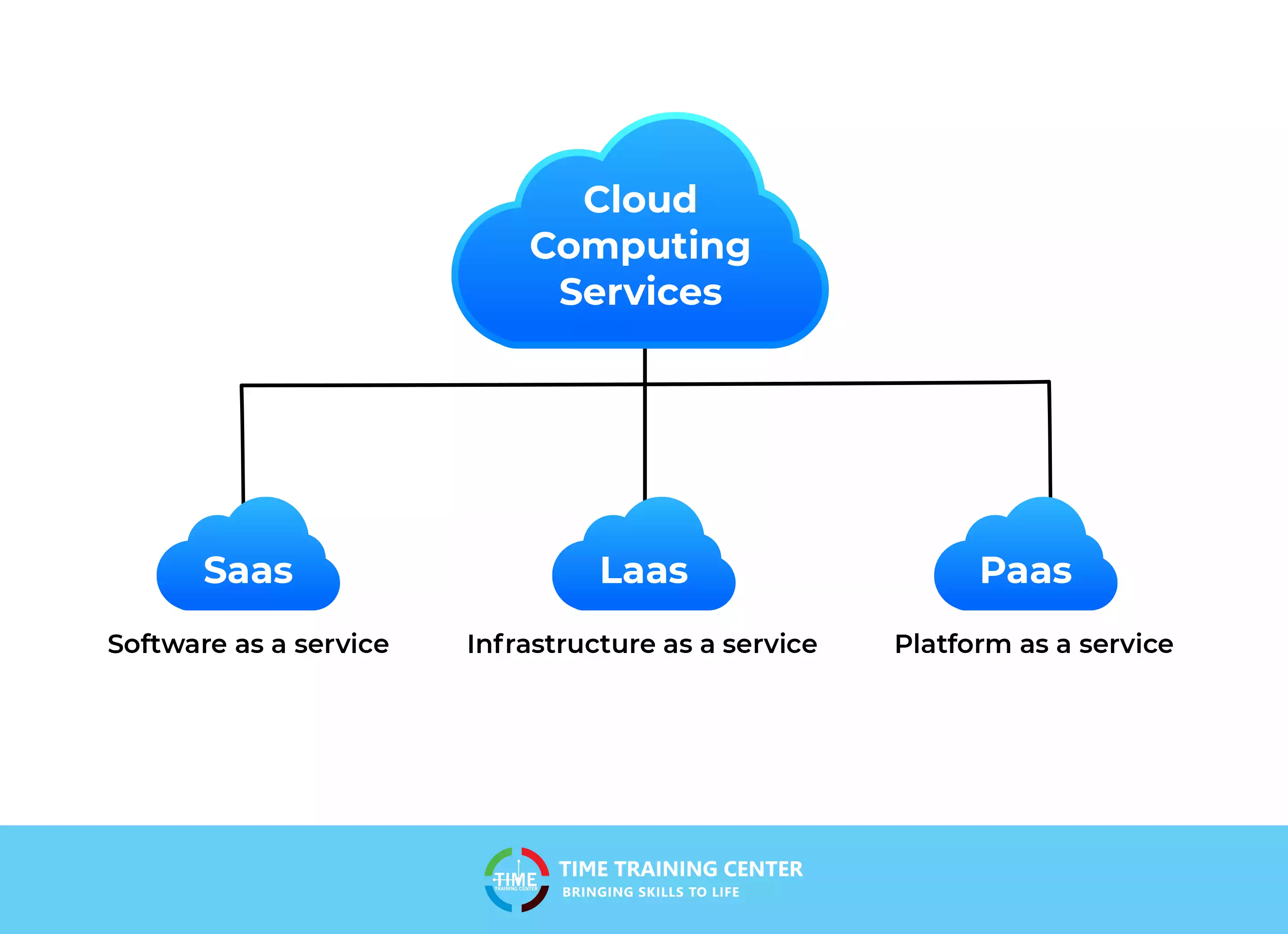Simplify Your Facilities With Cloud Services
As services browse the ever-evolving landscape of innovation and data monitoring, the function of cloud services in streamlining framework has come to be progressively noticeable. The allure of structured processes, improved effectiveness, and improved source allotment with cloud options is indisputable. However, the journey in the direction of a much more active and affordable IT facilities entails even more than just migrating to the cloud. It requires a strategic approach and a deep understanding of the nuances of cloud fostering. Exactly how can businesses efficiently navigate this shift and truly open the possibility of cloud services for streamlining their facilities?
Advantages of Cloud Services
Cloud solutions provide a streamlined approach to managing IT facilities, giving services with cost-efficiency, scalability, and versatility. One of the crucial benefits of cloud services is the scalability they provide. Organizations can quickly scale their resources up or down based upon demand, guaranteeing they just spend for what they make use of. This flexibility is specifically beneficial for businesses with varying needs or those experiencing growth.
In addition, cloud solutions eliminate the requirement for businesses to spend in costly hardware and software program. This cost-efficiency is a considerable benefit, particularly for small to medium-sized enterprises aiming to decrease in advance prices. By utilizing cloud solutions, services can access high-grade IT resources without the hefty price tag related to traditional facilities configurations.
Moreover, cloud solutions offer services with the flexibility to access their information and applications from anywhere with a net connection. This degree of access improves partnership among teams, enables remote work, and increases total performance. The versatility provided by cloud services encourages services to adapt swiftly to altering market problems and consumer needs.
Cost Financial Savings and Scalability
Along with the functional advantages highlighted earlier, the integration of cloud solutions into a business's framework comes up with significant price savings and enhanced scalability. Cloud services offer a pay-as-you-go design, enabling businesses to range resources up or down based upon present demands, consequently staying clear of the expenses connected with keeping excess capacity. This flexibility allows companies to adapt promptly to changing needs without sustaining unnecessary costs.
Moreover, cloud solutions eliminate the demand for in advance financial investments in software and hardware, decreasing capital expenditures. Business expenses are also minimized as companies no much longer need to take care of and maintain physical servers, resulting in lower energy intake and IT staffing expenses. Additionally, cloud solutions supply automated updates and maintenance, ensuring that the facilities remains up-to-date and secure without requiring hands-on interventions.
Boosted Security Measures
Carrying out rigid protection steps is critical when incorporating cloud services right into a firm's infrastructure to guarantee and protect delicate information conformity with sector guidelines. Cloud solution suppliers offer improved safety functions such as data security, firewall program defense, and multi-factor authentication to mitigate cybersecurity dangers.
Moreover, normal safety and security audits and conformity assessments assist identify vulnerabilities and ensure adherence to industry criteria. Companies can additionally take advantage of attributes like automatic safety and security updates and real-time risk surveillance offered by cloud service carriers. By focusing on protection steps and remaining proactive in addressing possible risks, organizations can confidently utilize cloud solutions while securing their useful information from unauthorized gain access to or breaches.
Transitioning to Cloud Framework
To efficiently incorporate cloud services right into a business's infrastructure, a structured approach that attends to the change in the direction of cloud-based solutions is important. Transitioning to cloud facilities includes cautious planning and implementation to make sure a smooth migration process. The very first step is to examine the existing framework and identify which applications and systems are ideal for movement to the cloud. This analysis needs to consider variables such as data sensitivity, conformity needs, and performance requirements.
When the assessment is full, a movement technique need to be established. This strategy ought to detail the timeline, resources, and obligations for moving each element to the cloud. It is crucial to communicate this plan plainly to all stakeholders to ensure alignment and reduce disturbances throughout the change.
Throughout the movement procedure, surveillance and screening are essential to identify and attend to any issues without delay. Normal checkpoints should be established to track progression and make required changes. In addition, training for workers on making use of cloud solutions should be supplied to make certain an effective change and take full advantage of the advantages of the new facilities.
Best Practices for Cloud Adoption
Effective adoption of cloud services pivots on the strategic positioning of organization objectives with technological abilities and business readiness. To ensure a smooth shift to the cloud, organizations should start by carrying out a thorough analysis of their present framework and determining which workloads are best matched for cloud movement. It is crucial to involve essential stakeholders from different divisions in the decision-making process to obtain buy-in and resolve any type of problems early on.
Another finest technique for cloud adoption is to prioritize protection and conformity. Organizations needs to thoroughly examine the safety and security steps provided by cloud provider and make sure that their data is protected according to market requirements and regulatory needs. Executing durable data file encryption, accessibility controls, and routine safety audits can aid mitigate threats associated with cloud fostering.

Verdict

As businesses browse the ever-evolving landscape of technology and information management, the duty of cloud services in streamlining framework has actually ended up being progressively prominent - Cloud Services. How can organizations efficiently navigate this change and truly unlock the capacity of cloud solutions for simplifying their framework?
Cloud services use a streamlined approach to managing IT facilities, supplying services with cost-efficiency, versatility, and scalability. By making use of cloud solutions, companies can access top notch click resources IT sources without the hefty cost tag associated with typical infrastructure arrangements.
To guarantee a smooth shift to the cloud, organizations should begin by conducting a comprehensive evaluation of their existing facilities and identifying which work are best matched for cloud movement.